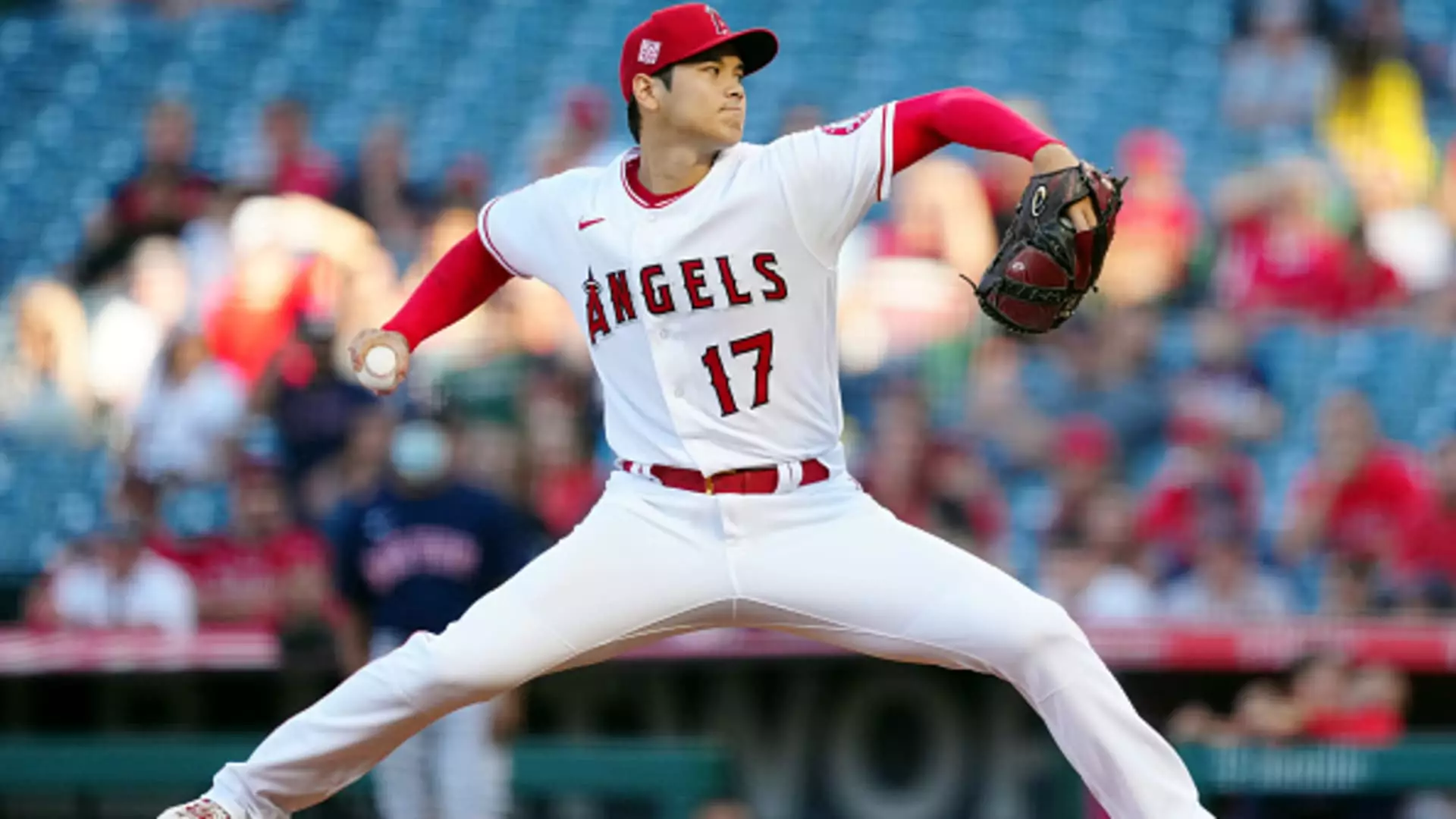Shohei Ohtani recently made history by signing a 10-year, $700 million contract with the Los Angeles Dodgers. While the record-breaking deal has garnered significant attention, financial experts warn that its unique payout structure comes with its own set of risks. Rather than receiving equal annual payments throughout the contract, Ohtani will only receive $2 million per year, with the remaining $68 million deferred annually.
Ohtani is not the first Major League Baseball (MLB) player to opt for deferred income. Players like Bobby Bonilla and Ken Griffey Jr. have also chosen this payment method in the past. Bonilla’s case is particularly notable, as his deferred payments come with a guaranteed 8% interest rate. However, Ohtani’s deferred payments do not accrue any interest.
One potential benefit of Ohtani’s deferred income is the possibility of tax advantages if he were to relocate from California before receiving the deferred payments. Certified financial planner Eric Bronnenkant suggests that if Ohtani were to leave California, he could avoid the state’s high tax rate on his deferred income. California’s top tax rate is set to increase to 14.4% in 2024, including a 1.1% payroll tax. However, it is uncertain whether California would agree to exempt Ohtani from these taxes.
On the federal level, Ohtani could face higher income tax rates on the deferred payments. If there are no changes from Congress, the highest federal income tax rate will revert to 39.6% in 2026 from the current top rate of 37%. By accepting deferred payments, Ohtani is taking a risk as these potential tax increases could impact the overall value of his contract.
While deferring income may have its advantages, there are also significant downsides. One downside is that Ohtani will not have access to the full $68 million per year over the next decade. This means that he cannot spend or invest the full amount immediately, as the payments are spread out over time. As financial advisor Louis Barajas points out, a dollar today is worth more than a dollar tomorrow. By deferring payments without interest, Ohtani also faces reduced purchasing power, and the value of his contract may be impacted by inflation.
Although inflation rates have dropped since June 2022, predicting inflation rates over the next decade is challenging. If higher inflation were to return, the net value of Ohtani’s contract may not be as substantial as he initially anticipated. The absence of interest on the deferred payments puts him at further risk in terms of preserving the purchasing power of his earnings.
Aside from tax implications and inflation concerns, experts highlight the importance of the company’s ability to fulfill its financial obligations. This factor is crucial in determining Ohtani’s potential tax benefits. According to IRS guidelines, in order for Ohtani to delay taxes on $680 million of deferred compensation, his future income must be “at risk.” However, working for the Los Angeles Dodgers significantly reduces the likelihood of this requirement being met, as financial advisor Louis Barajas points out.
Shohei Ohtani’s historic contract with the Los Angeles Dodgers brings both risks and potential rewards. The unique payout structure, with deferred payments and the absence of interest, presents tax and inflation concerns. Furthermore, the company’s ability to pay is a significant factor in determining the overall viability of the contract. While Ohtani’s contract signifies a remarkable achievement in his career, it is essential to consider the financial implications and potential pitfalls associated with such a groundbreaking deal.

